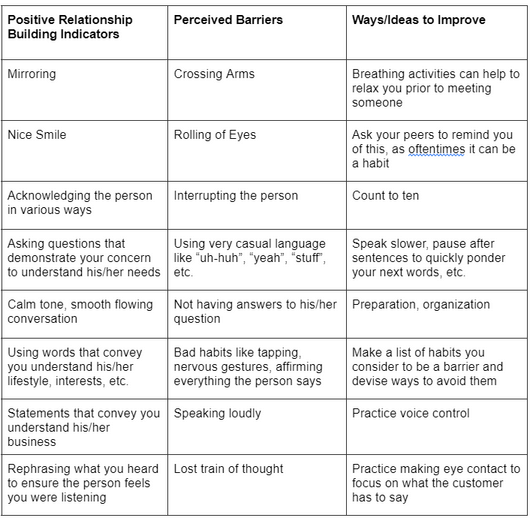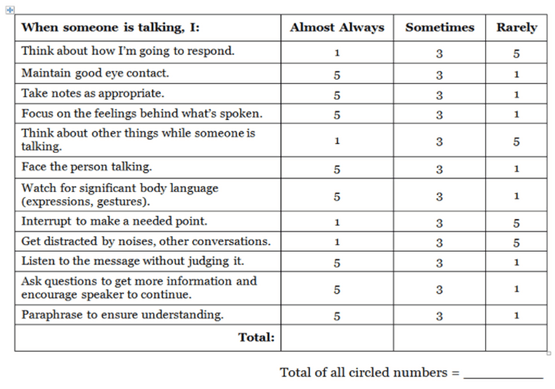Communication is an essential skill we use to build connections and relate to one another, but one we often have not spent enough time sharpening.
Think about it. How often has a customer misread or misunderstood something or an employee misinterpreted an assignment or instructions? Too often, there is a gap between the communicator and the person being communicated with, and the path of communication is not as clear as one thinks.
That’s because we often misidentify true communication, and think we’re doing it when we’re not. Konrad Lorenz, a noted behaviorist, defined communication as a process and described it as follows: “‘Said’ is not the same as ‘heard’. ‘Heard’ is not the same as ‘understood’. ‘Understood’ is not the same as ‘agreed’. ‘Agreed’ is not the same as ‘applied’. ‘Applied’ is not the same as ‘retained’.”
So, how do we communicate? There are any number of theories, but many boil down to:
- We listen to words and work to understand what the words mean.
- We summarize what we hear into subsets.
- We develop our reply to what we think we are hearing.
- We put our reply into words.
It can sometimes seem complicated, but it doesn’t have to be. We can simplify the process and improve our communication with a few simple steps.
Improve Body Language
Body language has a large stake in communication. When I was a mentor with EQ Mentor, we used this chart to work with people on improving their body language:

Good Listening Skills
A key element of successful communication is learning to become a good listener. By doing this, we can realize a number of wins:
We can make people we communicate with feel that they are being heard and respected, and that what they say has value.
We can learn a lot about the person speaking.
We will be viewed as approachable.
We will have an opportunity to manage our biases.
We have to work at becoming an active listener. Here are some steps to do this:
- When listening, focus your full attention on the person, watch the body language, and hear what is being said in both content and emotion.
- Think about what is being said.
- Take time to acknowledge the other person.
- Finally, look for and provide feedback and validate what you are hearing.
At this point, I suggest you take the following self-analysis on listening, which we also used at EQ Mentor. For each question circle the appropriate response. Sum the circled numbers and fit yourself into the scoring profile:

- 44-60 = Good listening skills
- 38-43 = Okay listening skills, check answers on where to improve
- 12-27 = Need to focus more on active listening skills
In my next article, we will discuss improving our listening skills and more on improving our communication skills.
